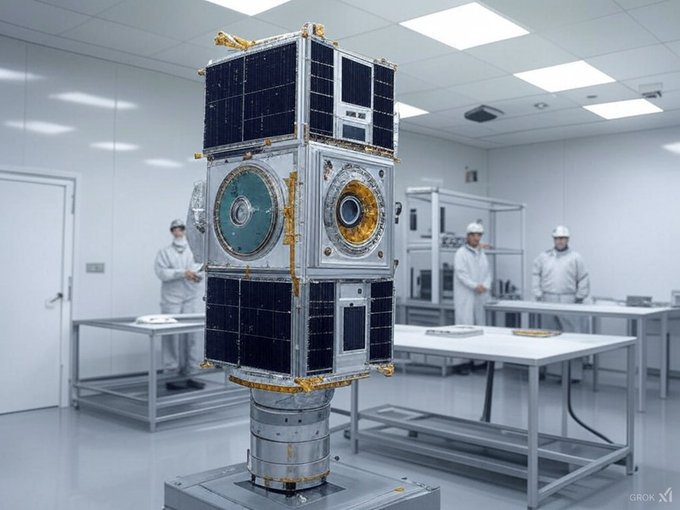Part 3 of the series looked at what SpaceX did different with their clean room approached.
Here we look at if the clean room need has ever been proven or is just a tradition.

Has the Need for Clean Rooms Ever Been Proven?
While studies have confirmed the effectiveness of clean rooms in general, there have never been any directly relating to the need for satellites to be built inside them.
It doesn't appear there has been any project where satellites were built both with and without clean rooms specifically to compare performance in space.
However, we can infer some insights from the following:
Historically, missions in the early days of space exploration did not have had the same rigorous clean room standards we see today.
Over time, as failures were analyzed, the aerospace industry adopted stringent cleanliness protocols because the benefits in terms of reliability and success rates became clear.
The current thinking in the industry, including NASA, ESA, and commercial entities like SpaceX and Airbus, is that clean rooms are crucial. Although SpaceX has adapted clean rooms use to specific areas, it still uses them.
This consensus is based on accumulated evidence where contamination has led to mission failures or reduced performance.
While not a direct comparison, there are instances where contamination issues were identified post-launch, reinforcing the need for clean rooms:
NASA's Mars Missions: The Viking landers had stringent cleanliness protocols to prevent Earth organisms from contaminating Mars. The absence of such protocols could have compromised the scientific integrity of the mission.
SpaceX's Approach: Although SpaceX might reduce clean room use in manufacturing for speed and cost benefits, they still use them for critical phases of satellite assembly, particularly for sensitive components. This suggests they acknowledge the necessity for some level of contamination control, even if their methods might appear less stringent overall.
Building satellites without clean rooms would theoretically increase the risk of early failures due to contamination, particularly in sensitive components like solar panels, optics, or electronic circuits.
The cost of a failed satellite is considered far greater than the investment in clean rooms, which is why the industry standard to use them remains.
While there isn't a specific studies comparing clean room versus non-clean room built satellites, the industry's focus on clean room practices is based on decades of experience, lessons from failures, and worry that even minor contamination can have a major impact.
Next . . .
Part 5 of the Clean Rooms series considers if they are still needed or practical as more and more payload is required to supply a larger number of bigger spaceships.